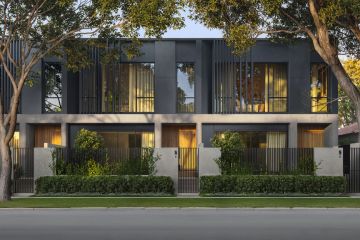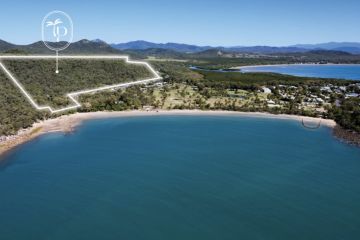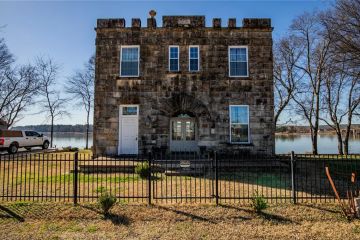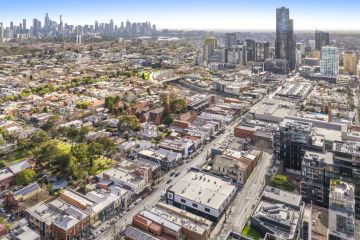Fans of brutalist architecture push to conserve Sirius building
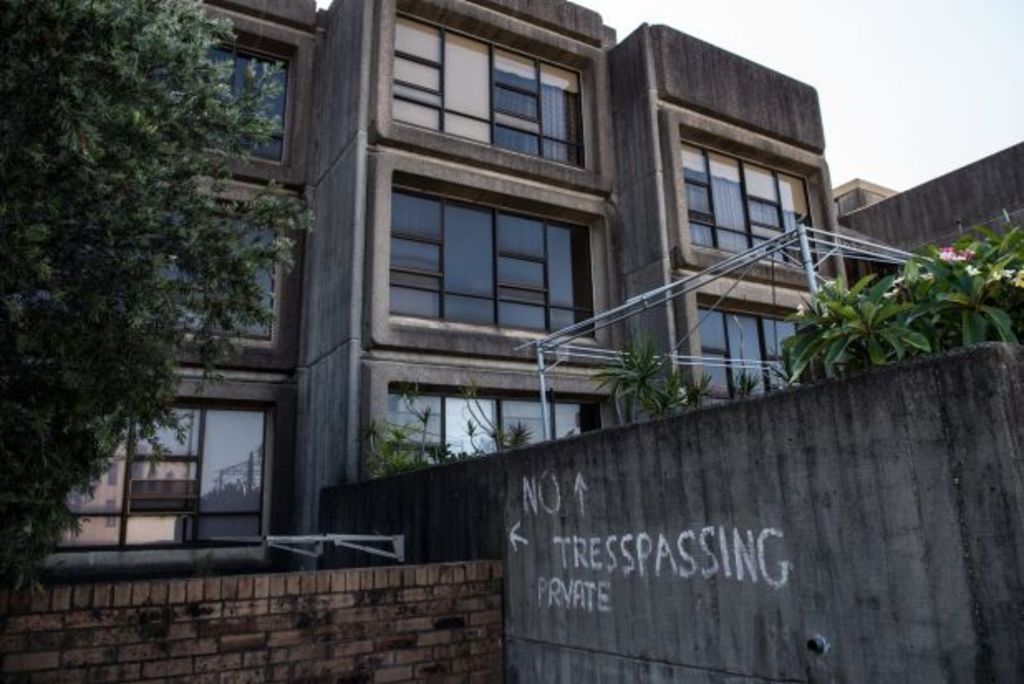
To keep or not to keep? That is the perennial and inevitably vexed question of heritage.
Right now, the for-and-against arguments are focused on a pile of concrete boxes in Sydney’s The Rocks.
Late last week Sydney’s Lord Mayor, Clover Moore, added her assenting voice to those of the NSW branches of the National Trust and the Heritage Council to conserve the circa-1980 Sirius public housing apartment building on Cumberland Street.
The 79-unit structure designed by Toa Gofers is “rare” according to the Heritage Council. Clover Moore says it contributes to multiple social bottom lines, citing “building diversity and design excellence” amongst its worthy attributes.
Almost vacated as part of NSW Land and Housing Corporation’s public housing clearances of the Millers Point precinct, and currently endorsed for demolition for having outlived its economic use, Sirius does have a huge and glaring flaw.
It is an example of brutalist architecture.
 The front exterior of the Sirius public housing building.
The front exterior of the Sirius public housing building.
A mid-century style of many variations, the style is popularly labelled as the architectural genre that people love to hate.
But might this be because the public doesn’t understand enough about brutalism?
Or, as still working 82-year-old Melbourne architect Graeme Gunn, former Dean of Architecture at RMIT posits, it could be because the early iteration of brutalism that appeared in post-war Britain as large social housing complexes that because historically problematic, “got it off to a bad start”.
“Brut” does not translate to “ugly”. It is the French term for raw and brutalism used a lot of concrete in an unadorned way that was often blocky, and in forms that were explicitly basic.
That early British expression, Gunn agrees, was a bit punk and deliberately challenging in its lack of prettied-up surface appeal.
But from the late 1950s through to the 1970s brutalism evolved and refined. Indeed, Gunn believes that “Japanese brutalism demonstrates a Zen-like quality”.
As a style that at its best is highly admired by architects, Gunn explains it as being “about plasticity of form, constructed of a uniform material (concrete), and it often appears to be a sculpture that is carved out of one single mass”.
Melbourne’s Total Carpark (1964) exemplified Japanese brutalism and its upper six levels, contained in a TV-like structure, are densely tenanted by architects, fashion and landscape design firms.
One of Graeme Gunn’s most famous buildings “the tough, heroic” Carlton headquarters of the Plumbing Trades Employees Union (1970), is heritage listed but further, in 2007, was awarded the AIA’s annual award for 25 year Enduring Architecture.
Called “the most influential example of brutalism in Victoria”, the PTEU has many admirable counterparts around Australia. Consider the following list and you may find your idea of brutalism needs reviewing:
Roy Grounds’ National Gallery of Victoria (1958) is brutalism in a bluestone suit.
The podium portion of the Sydney Masonic Centre (1974) is a fantastic building as sculpture. The tower was added later.

Sydney Masonic Centre.
Canberra is replete with brutalist buildings including the High Court (1973) and the National Gallery of Australia which both display late modern brutalism. Both are on National and Commonwealth Heritage lists.
The cool and white complexes that makes up Brisbane’s Southbank cultural precinct are brutalist and boast of being “pre-eminent examples of refined brutalism”.
So, in light of this backgrounding in brutalism’s positive points, and its importance as an historic architectural idiom, what should happen with the Sirius apartments that Graeme Gunn believes were influenced by one of Canada’s most important historic buildings, the Habitat 67 Apartments in Montreal?

Habitat 67 Apartments in Montreal.
“Save it!” says the 2011 recipient of the AIA’s Gold Medal for Architecture.
“The relevance of heritage is what it about and how it fits into the whole story of a society’s evolution.
“You’d save it even if it were a near ruin.”

The High Court of Australia building.

National Gallery of Australia.
We thought you might like
States
Capital Cities
Capital Cities - Rentals
Popular Areas
Allhomes
More

